How to make your own fermented vegetables
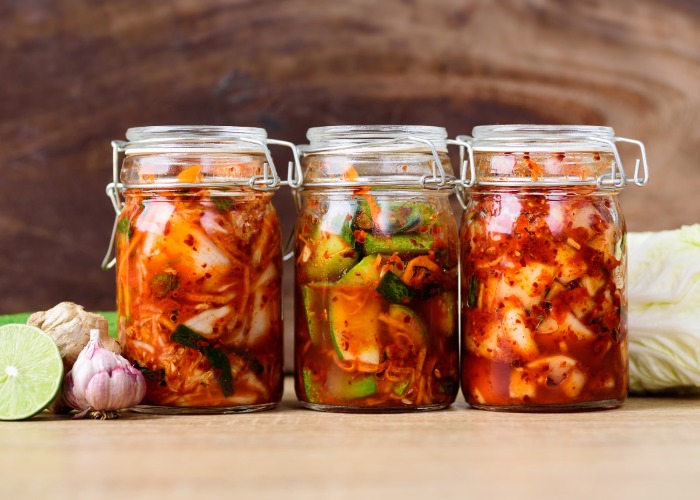
Learn how to ferment your own delicious krauts, kimchis, pickles and hot sauces.
Fermented food is good for your gut and your brain. More importantly it’s delicious and easy to make. Our guide will tell you everything you need to know.
What is fermentation?
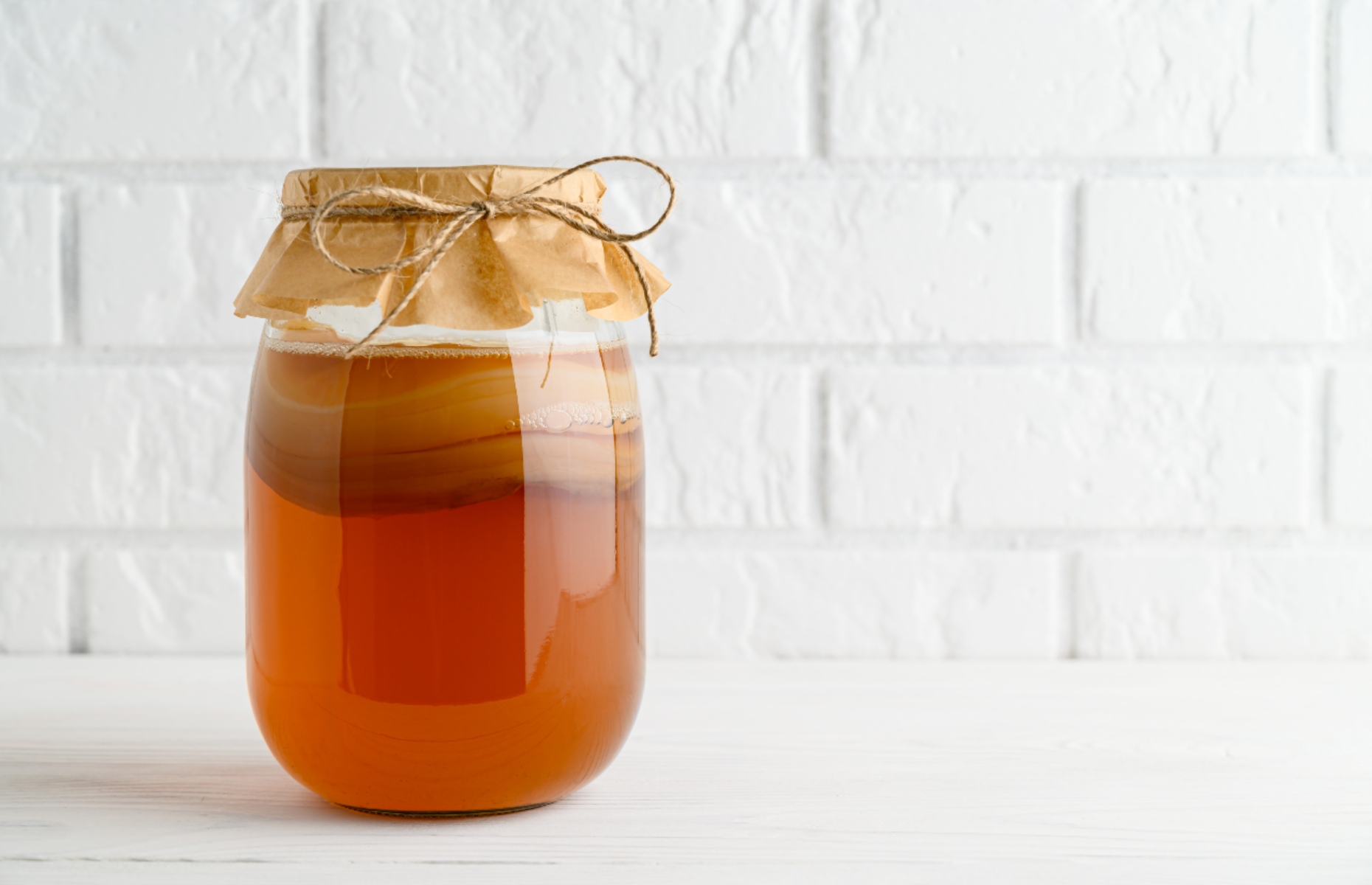 Ramil Gibadullin/Shutterstock
Ramil Gibadullin/Shutterstock
Fermentation is when microorganisms create a change in foodstuffs. Humans have been fermenting for thousands of years to preserve food and increase its flavour. More things than you might think include fermentation as a step in their production: not just krauts and kimchis but bread, yogurt, vinegar, cheese, salami, soy sauce, miso, chocolate and coffee to name a few examples.
There are three main types of fermentation:
Ethanol fermentation in which yeasts turn sugar into alcohol.
Acetic acid fermentation, when starches and sugars from grains and fruit ferment into acetic acid. This is how vinegars are made and also kombucha.
Lactic acid fermentation, our focus here: natural yeasts and bacteria present on fresh fruits and vegetables convert their starches and sugars into lactic acid. The lactic acid then pickles and preserves the produce.
READ MORE: How to make a sourdough starter
Here comes the science
The bacterium which causes lactic acid fermentation is called lactobacillus. It is anaerobic (meaning it doesn’t need oxygen) and salt-loving. This means it can survive in conditions which aren’t hospitable to many other bacteria, specifically the ones that cause food to go bad.
Lactobacilli are naturally occurring on all fruits and vegetables and, when given the salty, oxygen-free conditions in which they thrive, turn the sugars in the produce into lactic acid. It’s this process that makes a fermented pickle different from a vinegar pickle. Vinegar pickles are usually heat processed – all bacteria are killed off to make them shelf-stable. Fermented pickles are alive and will change and develop over time.
The only crucial thing when making lactofermented pickles is that the produce stays under brine away from oxygen. That way the bad bacteria can’t get them and the lactobacilli can do their job.
What are the health benefits?
There are more than one trillion bacteria in your gut (what is known as the 'microbiome') and keeping a good balance is very important for overall health and for the immune system. Eating probiotics, often called 'good bacteria' and present in fermented food, can help keep this balance.
Fermented foods can also be good for mental health. There are neurons in the gut forming a 'second brain' called the enteric nervous system. Its main focus is monitoring digestive processes but there is increasing evidence that it can also affect mood and mental wellbeing.
READ MORE: A complete guide to miso
How do I make my own ferments?
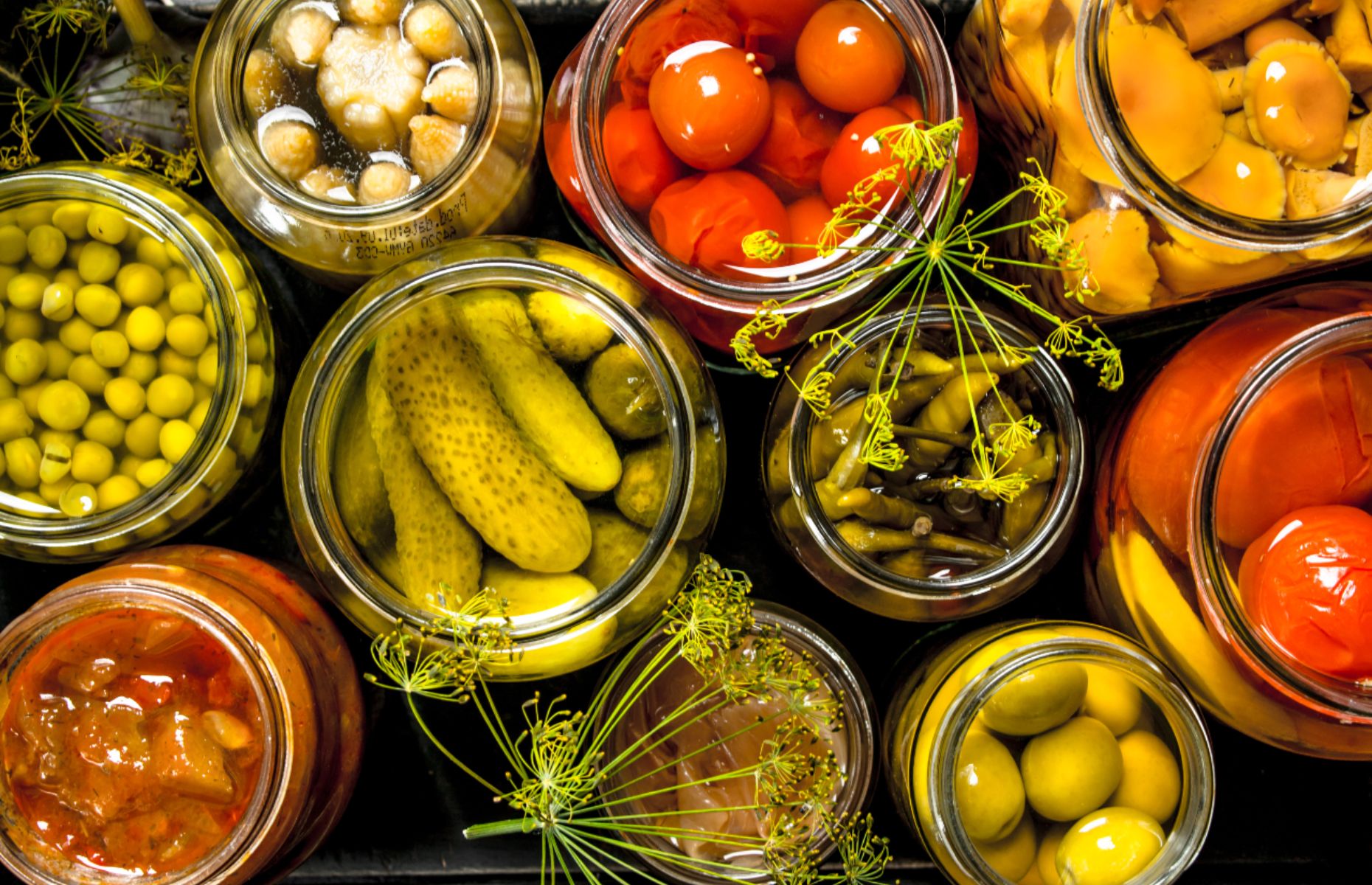 Chatham172/Shutterstock
Chatham172/Shutterstock
There are two main ways to ferment vegetables: with dry salt or with brine. In some recipes chopped or shredded vegetables will be mixed with dry salt and pounded or kneaded until water is drawn out which dissolves the salt and creates a brine. To ferment larger chunks or whole vegetables you will need to make a brine to cover them.
Use between 2% and 5% of the weight of the vegetables or the water. This is high enough to make an inhospitable environment for 'bad' bacteria but allow lactobacilli to grow – 2% is a good amount for most recipes. For example, if you want to ferment shredded cabbage into sauerkraut and the cabbage weighs 1kg (35oz), you will need 20g (0.6oz) salt. Or, if you want to make some cucumber pickles, you could pack the cucumbers into a jar then create a brine to pour over them with 500ml (17fl oz) water and 10g (0.3oz) salt.
What ingredients do I need?
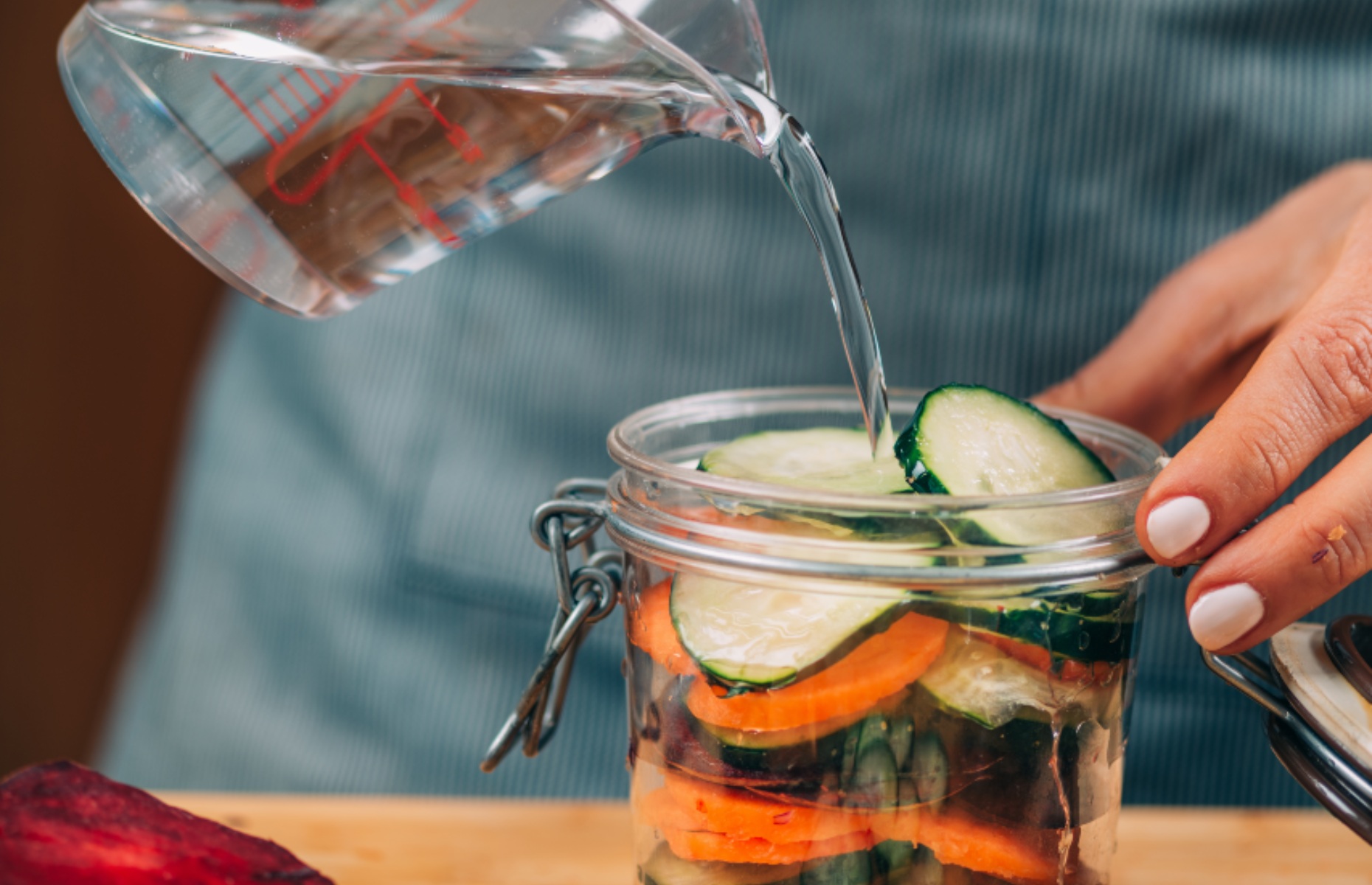 Microgen/Shutterstock
Microgen/Shutterstock
Salt: Many table salts have iodine added which has antimicrobial properties which could hinder the growth of lactobacilli. Some fermenters prefer to use pickling, kosher or sea salt. Around 2% by weight is a pretty standard ratio but fermentation is affected by temperature so you might need a little more in summer and a little less in winter.
Water: If you’re creating a brine you’ll need to dissolve your salt in water. Chlorine is often added to tap water which can sometimes kill your microbes. It can work just fine but if you think your ferments are sluggish then try getting rid of the chlorine by boiling your water (let it cool to room temperature again before adding it to the vegetables or it will kill the lactobacilli) or filtering it.
Fresh produce: You can ferment pretty much any vegetable or fruit (see the end of this article for some recipe ideas), individually or in mixtures. Cut out any bits which have gone mouldy or soft and then go to work. Try to use combinations that ferment at similar rates. Fruit will ferment quickly because it has a higher sugar content. Soft vegetables will be ready before hard vegetables.
Flavourings and extras: Add garlic, ginger, fresh or dried herbs, spices, chillies, seaweed, tea leaves, dried fruit, nuts, seeds or anything else you fancy for flavour or texture.
READ MORE: How many of these incredible veg have you tried?
What kit do I need?
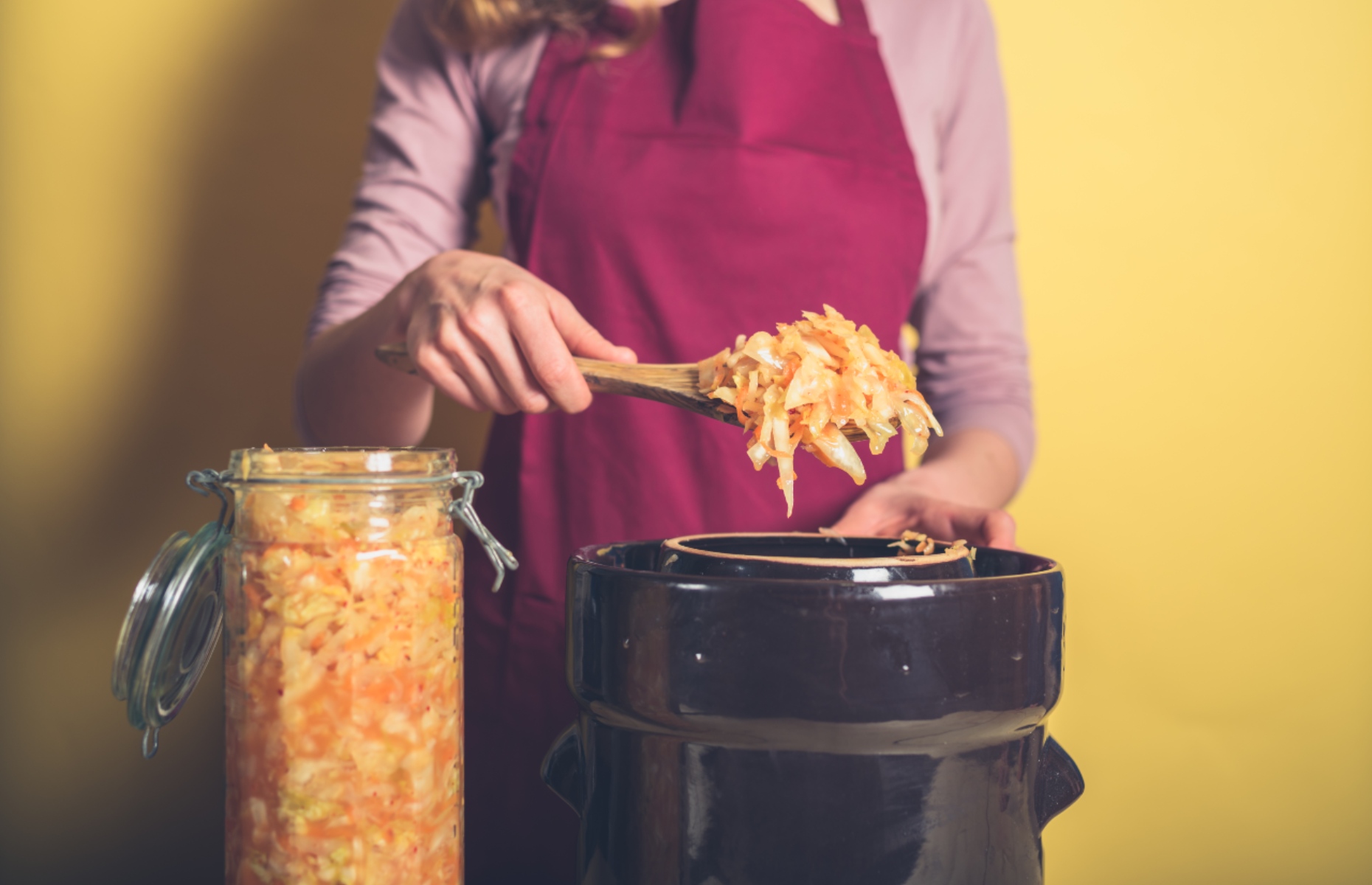 Lolostock/Shutterstock
Lolostock/Shutterstock
A jar or container: Kilner or similar flip-top jars with rubber seals are good but any container made of non-reactive material will work. Ideally use something with a wide mouth for easy filling. Enthusiasts may wish to get hold of a sturdy ceramic crock (you can often find them in vintage stores) or elegant Chinese pickle jar. Whatever you use, make sure it is very clean.
Pickle weights: You can buy glass or ceramic discs to weigh your vegetables down and make sure they stay under the brine but many other things can do the same job. Small jars that fit inside the mouth of your fermenting vessel are one option. Boiled rocks (be sure to use smooth stones, not porous which can harbour bacteria which might interfere with your ferment, or limestone which will dissolve in the acid) and plastic sandwich bags filled with water are good options. Many people use the tough outer leaves or core of a cabbage or other tough vegetable parts which can be removed and discarded at the end of the process.
Where should I keep my ferments and how should I look after them?
Fermentation takes place best at between 17 and 22°C (71.5°F) so start your ferments off at room temperature, somewhere out of direct sunlight. They will produce carbon dioxide so if you’re using a jar with a lid you will need to release the gas every couple of days, a process known as 'burping'. Taste regularly and, once you are happy with the degree of acidity and funkiness move your ferment to the fridge where the action will slow almost to a halt.
The joy of fermentation is that after chopping your vegetables and mixing your brine, the process asks little of you except patience. In an increasingly on-demand world there’s something to be said for delayed gratification. It also teaches you to use your own judgement. The rate will depend on all sorts of things so each batch will differ and it’s important that you taste as the ferment matures
READ MORE: A complete guide to kombucha
What shall I make?
 Pixel-Shot/Shutterstock
Pixel-Shot/Shutterstock
Sauerkraut is probably the easiest place to start. Shred a head of white cabbage, add 2.5% of its weight in salt, leave to sit for half an hour then massage firmly until it has produced a puddle of brine. Pack into a jar and leave, burping regularly until it’s to your taste (probably around two weeks). You can add caraway, celery, dill or mustard seeds, use red cabbage instead of white (juniper berries are a nice addition here) or add grated carrot and onions for a fermented slaw.
The same approach (shredded veg, salt, flavourings) can produce an infinite variety of delicious ferments known collectively as 'krauts'. Radishes, carrots and other root veg, celery, cauliflower, Jerusalem artichokes, beetroot and firm winter greens are all good. Get experimenting with what you have to hand.
Kimchi: A similar method as with sauerkraut but use napa cabbage cut into large chunks, add some matchsticked radishes, turnips or daikon and, after salting, massage on a paste of garlic, ginger, soy or fish sauce and preserved or fresh chilli. Kimchi can be eaten young, after only a few days, as a lightly fermented salad, or mature and super funky.
Pickles: Small cucumbers are the classic here, packed into a jar with garlic cloves, mustard seeds and some dill fronds then covered with brine. They'll be ready in a week. But any vegetables, whole in chunks or diced, will make a delicious pickle (try turnips and beetroot for those bright pink ones that are so great wth falafel). Hard vegetables will last for a long time; softer things such as tomatoes or peppers will go soft quite quickly. Chillies fermented in this way can be blended into your own hot sauce.
READ MORE: Cheese toastie with pickled jalapeños
Main image: Nungning20/Shutterstock
Clare Heal is a chef and cookery teacher based in London. She runs Sycamore Smyth, a one-woman catering company and cookery school, teaching fermentation classes amongst other things. You can follow her on Instagram at @sycamoresmyth.
Comments
Be the first to comment
Do you want to comment on this article? You need to be signed in for this feature